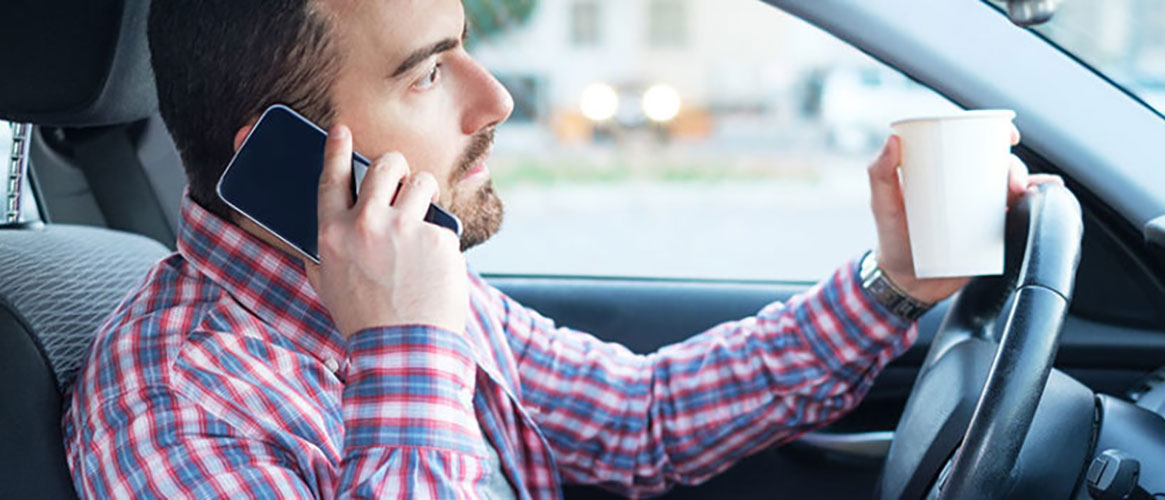It only takes a few seconds to text and get into an accident. The same could be said for looking away to change radio stations, trying to eat while driving, or any number of distractions. In just five seconds, at 55 miles an hour, your car travels approximately 135 yards—much more than the length of a football field. What happens if someone cuts in front of you or the road curves when you’re not paying attention?
The consequences of distracted driving are real. Your workers face a higher chance of accidents, which results in loss of productivity, increased expenses, and liability for you. According to OSHA, motor vehicle crashes cost employers approximately $60 billion per year when you factor in medical care, legal expenses, and property damage—in addition to the lost productivity.
What your employees need to know about distracted driving
When we think about distracted driving, texting or making phone calls top the list. In fact, throughout the U.S., states have enacted laws that prohibit using a mobile device unless its hands free. Although it’s legal to use a hands-free device, the device can still cause a distraction to someone behind the wheel.
However, driving distractions aren’t limited to the use of a mobile phone. Eating, surfing the internet, changing radio stations, and grooming are other examples that also put drivers at risk of getting into an accident.
Causes of distracted driving
- Phone calls
- Texting
- Surfing the internet
- Eating and drinking
- Reading
- Adjusting the radio
- Putting on makeup
- Shaving
What your employees need to do to avoid distracted driving
The most effective prevention is to simply turn off the phone while driving. An alternative is to pull over, find a safe spot, and stop the car before using a mobile device. Another alternative, less safe than pulling over, would be to use a hands-free device.
Additional ways to prevent distracted driving include:
- Tie up loose ends at work before you leave the office so that you don’t dwell on them on the road.
- Fully dress and groom before you leave.
- Eat meals or snacks before or after your trip.
- Adjust seats and mirrors before you leave.
- Try to limit adjusting the radio, heat, and air conditioning.
If you are a passenger, you can help the driver by assisting with navigation. You can also volunteer to handle any calls, texts, and vehicle controls (such as radio volume or environmental controls).
What to cover at your safety meeting about distracted driving
Remind employees of California’s law for use of mobile devices when driving. Discuss how to minimize other distractions.
You can cover additional safe driving tips as well, including:
- The importance of rest, especially when heading out on a long trip
- Vehicle maintenance—checking to make sure the vehicle is in good condition before leaving
- Defensive driving techniques
No distraction is worth an accident, injury, or worse. Remember, when getting behind the wheel, disconnect yourself from temptations that can turn your attention away from the road.

